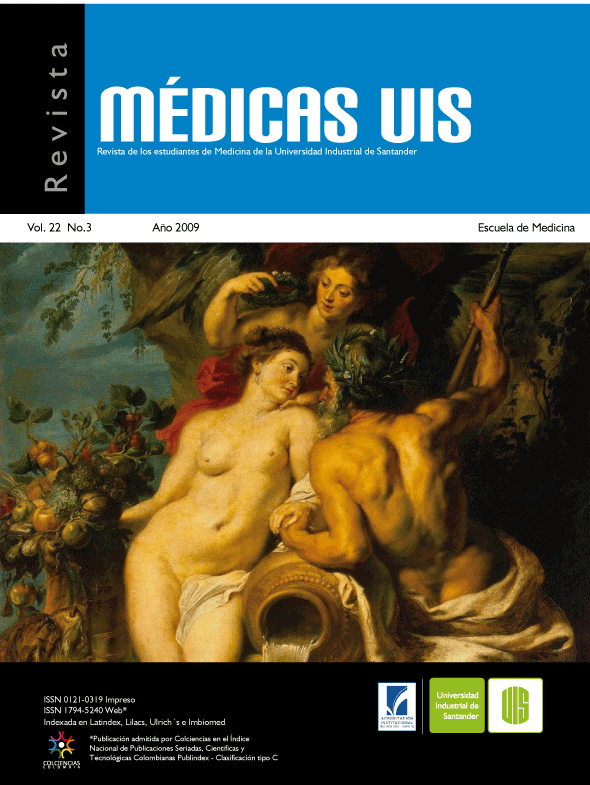Abstract
Palliative care and hospices have developed rapidly since the late 60'. The pioneering work of Cicely Saunders was instrumental in drawing attention to the end-of-life care needs of patients with advanced malignant disease. Recognizing palliative care as a specialist área of health care practice is a recent development which has infuenced the expectations of community and government. This área offers a number of unique contributions to the advancement of care at the end of life. Perhaps its most valuable contribution is in providing a model of care that addresses the physical, psychological, spiritual and social needs of all patients delivered by a multidisciplinary team. Palliative care services have developed in many settings and have often been closely related to oncology. The worldwide need for this type of care remains much greater than the available provisión, but there are encouraging signs of recognition by policymakers and infuential bodies, and interest in palliative care has never been greater. This paper charts the modern history of such care around the world and concludes on some current issues and future challenges.
Key words: Palliative care. End-of-life care. Death. History. Evolution.
References
2.Baudry P. La place des morts. Enjeux et rites. Paris: Armand Colin; 1999. 21p.
3.Ariès P. Essais sur l’histoire de la mort en Occident: du Moyen Âge à nos jours. Paris: Edition Seuil, Collection Points Histoire; 1975. p. 48–117.
4.Ariès P. L’homme devant la morte. Paris: Edition Seuil, Collection Points Histoire; 1975. 187p.
5.Doyle, D. “Palliative medicine: the first 18 years of a new sub-speciality of General Medecine” en J R Coll Physucuabs Edinb 2005;35:199-205.
6.Jacquemin D. Le tabou de la mort, l’interdit du deuil. Les cahiers francophones de soins palliatifs. Les publications du Québec;7(1):5-25.
7.Dupas C. Perception et langage. Éditions Peteers Louvain. Paris: 1997. p. 172–83.
8.Centeno, C. Historia de los Cuidados Paliativos y Movimiento Hospice. SECPAL. Consulta de la World Wide Web: http://www.secpal.com/presentacion/index.phpacc= historia%20CP
9.Mount BM, Cohen. Canada: Status of cáncer pain and palliative care;8(6):395-8.
10.Doyle D, Hanks G, Cherny N, Calman K. Oxford Textbook of Palliative Medecine. 3° edición. New York, USA: Oxford University Press; 2004.
11.World Health Organisation. Consulta en la Web: http://www.who.int/cancer/palliative/definition/en/
12.World Health Organization. Consulta en la Web: http://www..who.int/cancer/publicat/WHOCancerBrochure2007.FINALweb.pdf
13.De lima L. Los Cuidados Paliativos en América Latina. SECPAL. Consulta de la World Wide Web: http://wwwsecpal.com/medicina_paliativa/index.php?acc=verart&id art=317
14.Ward C. “The Need for Palliative care in the Management of Heart Failure”. 2002. Vol 87. p. 294-298.
15.Bruera E, Neumann CM. “Respective limits in a palliative care and oncology in the supportive care of cancer patients”. Support Care Cancer 1999;7:321.
16.Rhymes J. “Barriers to Palliative Medecine” en Cancer Control. USA: 1996. Col. 3. No. 3. p. 230-235
17.Paz S, Clark D. “Palliative Care in Colombia” View from the observatory. 2005;13(2).
18.Buscan que sistema de salud garantice cuidados paliativos integrales a pacientes en fases terminales. El Tiempo. Bogotá. Colombia. Consulta en la Web: http://www.eltiempo.com/vidadehoy/salud/buscan - que - sistema- de-salud-garantice-cuidados-paliativos-integrales-a-pacientes-en-fases-terminales_5011707-1.
